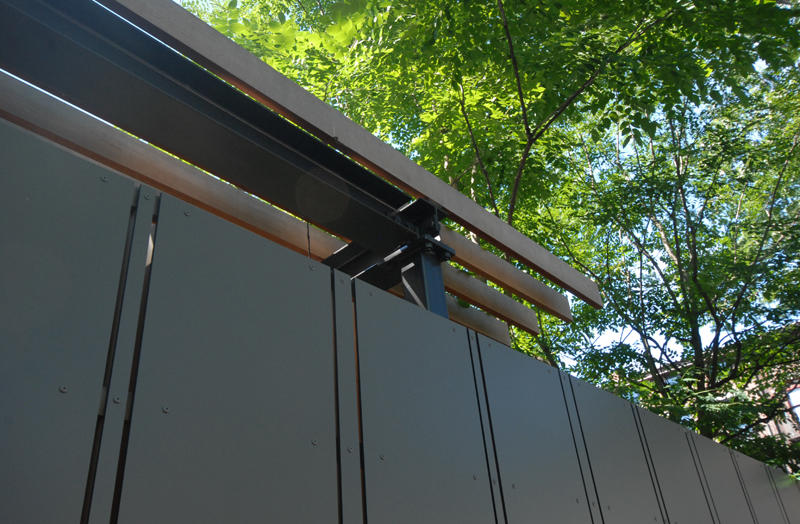ARCHITECTURE
Design Vision
Architecture is a backdrop for life.
Architecture shapes life, surrounds it, and reflects it. But great architecture is not great apart from the world it inhabits. It is great because of the life to which it contributes.

Space should be orderly and comfortable.
Floor plans should flow openly, but there’s nothing wrong with walls. The plan should create a hierarchy of connections and separations, and the result should be intuitively orderly.

Ceilings (and floors) create space.
The floor plan is only part of the design. The section—the vertical expression of a design, both up to ceilings and down to floors—creates the space. And it is space that we respond to most immediately.

Materials should be authentic, and details should be expressed minimally.
The material expression of a building is its reality, its presence. I believe materials should meet simply and be expressed naturally. Light and color and texture give spaces substance, and should be chosen with care and sophistication.

When possible, structure should be visible.
A building is a structure—a system of columns, beams, and panels that hold themselves aloft and resist natural forces—and to express it openly is to design something with authenticity.

Building design doesn’t stop with the building.
The landscape is an essential part of a building, and it must be a part of its design. This means addressing a site’s topography, orientation, and flora in the design of the building, and carefully linking the indoors to the outdoors, functionally and visually.

Design is a service, a collaboration.
The most important influence on a project is the client. The best results emerge from collaborative efforts, and I am always receptive to the input of my clients, from material and color choices to layout and massing. Especially for a residence—your residence, not mine—I defer to the vision of my clients.

That said, the architect is the expert.
I am hired for my skills, talents, and experience, and I expect to use them. I am comfortable asserting myself when I think my client is making the wrong choice, and I know that clients expect me to lead the design process. In my experience, the path to success in a design project is a good match between architect and client, temperamentally and stylistically.

Successful projects need resources.
Without money and time—and their effective management—great design is impossible. That’s not to say every project needs a large budget. It just means that whatever is planned, large or small, must be feasible, realistic, and achievable given the resources available.